How would you respond to this?
dirtguy50 SW MO z6a
10 years ago
Related Stories
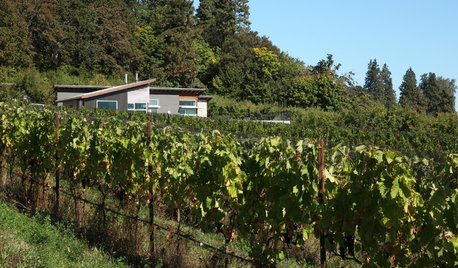
REMODELING GUIDESRegional Modern: Oregon Homes Respond to the Landscape
Architecture in Portland and beyond emphasizes Oregon's cherished natural beauty
Full Story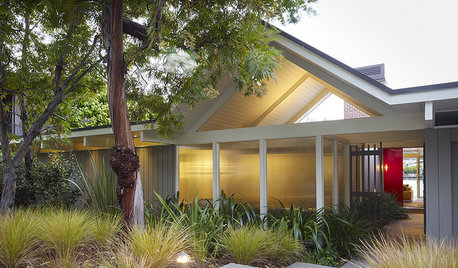
ARCHITECTURERoots of Style: Midcentury Styles Respond to Modern Life
See how postwar lifestyles spawned a range of styles, including minimalist traditional, ranch, split level and modern shed. What's next?
Full Story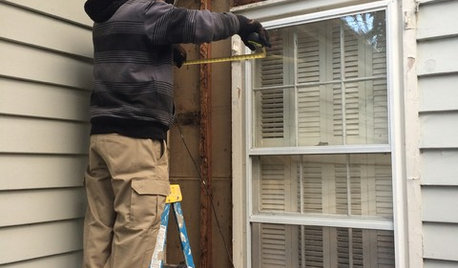
WORKING WITH PROSBeyond the Warranty: Builders Respond to Those ‘Oh, No’ Calls
See how three building pros deal with real problems that come up after the warranty period ends
Full Story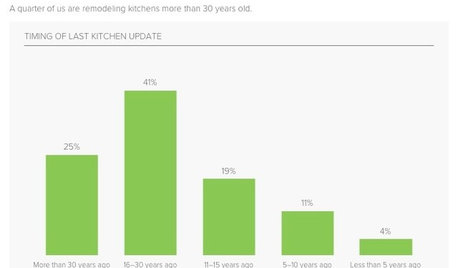
KITCHEN DESIGNSurvey Results: Kitchen Trends That Seem Here to Stay
More than a third of respondents in Houzz’s annual kitchen trends report now have the means to remodel. Here’s what else they told us
Full Story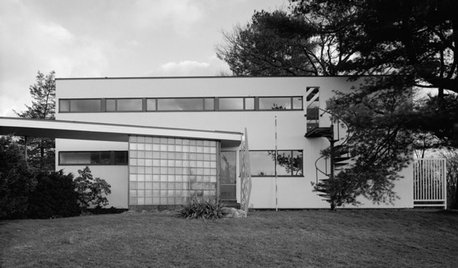
MODERN ARCHITECTUREMust-Know Modern Homes: Gropius House
Dynamic and sculptural, this New England home refutes a common conception of modern architecture by responding personally to its site
Full Story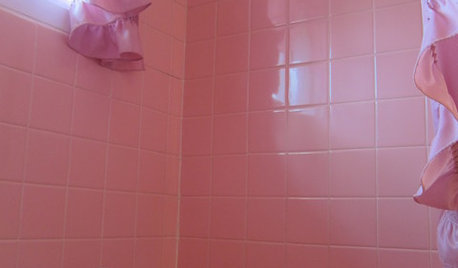
BATHROOM DESIGNTickled Pink in the Bathroom
We asked you to show us your vintage pastel bathrooms — and you responded with a tsunami of photos and comments
Full Story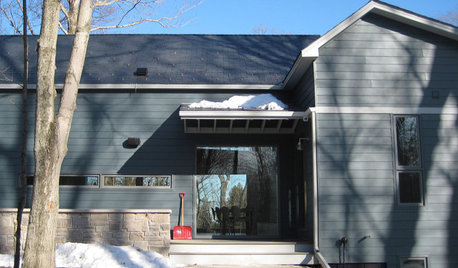
HOUZZ TOURSHouzz Tour: Contemporary Family Retreat on Lake Michigan
This home's design responds to views, topography and the surrounding woods
Full Story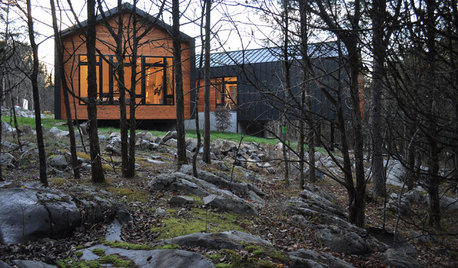
ARCHITECTUREHouzz Tour: Give Me a ‘Y’
The 3-legged plan of this Tennessee house responds to its site with covered outdoor spaces and nature views
Full Story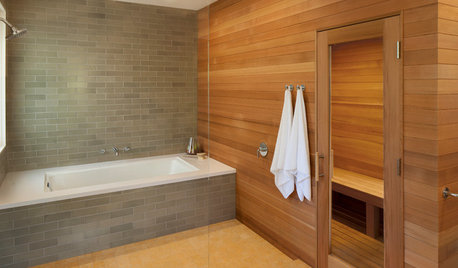
BATHROOM DESIGN18 Dream Items to Punch Up a Master-Bath Wish List
A designer shared features she'd love to include in her own bathroom remodel. Houzz readers responded with their top amenities. Take a look
Full Story
ARCHITECTUREWorld of Design: A Tokyo Exhibit Experiments With the Future of ‘Home’
Japan’s architects and housing industry explore new ideas for dwellings that respond to changes in society, tech and the natural world
Full Story





sidhartha0209
morz8 - Washington Coast
Related Professionals
Manorville Landscape Architects & Landscape Designers · Woodinville Landscape Architects & Landscape Designers · Canton Landscape Contractors · Tempe Landscape Contractors · Avocado Heights Landscape Contractors · Cerritos Landscape Contractors · East Hanover Landscape Contractors · Lynn Landscape Contractors · Ridgewood Landscape Contractors · The Woodlands Landscape Contractors · Webster Groves Landscape Contractors · West Orange Landscape Contractors · Portage Roofing & Gutters · Wood Dale Roofing & Gutters · Lakeland Driveway Installation & Maintenance2ajsmama
digdirt2
dirtguy50 SW MO z6aOriginal Author
sidhartha0209
Linda_Lou
digdirt2
dirtguy50 SW MO z6aOriginal Author
sidhartha0209
seysonn
2ajsmama
morz8 - Washington Coast
seysonn
morz8 - Washington Coast
seysonn
2ajsmama
sidhartha0209
2ajsmama
sidhartha0209
2ajsmama
sidhartha0209
myfamilysfarm
2ajsmama
myfamilysfarm
lyndapaz
seysonn
2ajsmama
seysonn
2ajsmama
myfamilysfarm
digdirt2
dirtguy50 SW MO z6aOriginal Author
seysonn
sidhartha0209
digdirt2
seysonn
sidhartha0209
dirtguy50 SW MO z6aOriginal Author
2ajsmama
myfamilysfarm
dirtguy50 SW MO z6aOriginal Author
2ajsmama
myfamilysfarm
Randy.Canada
myfamilysfarm
Randy.Canada
myfamilysfarm
Randy.Canada